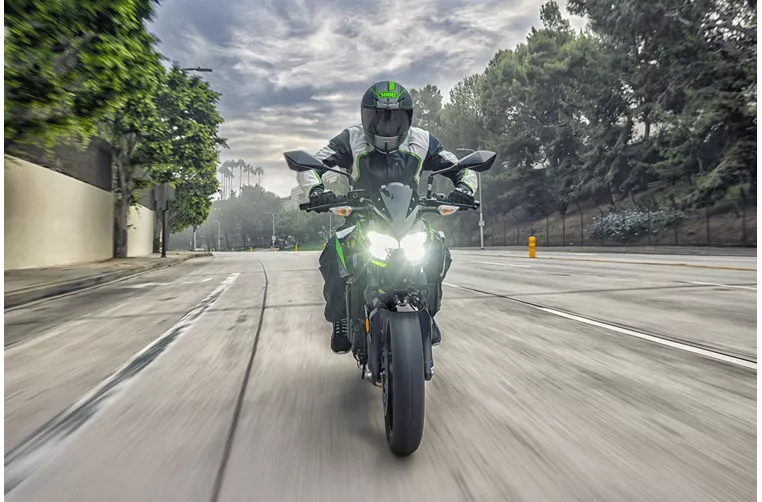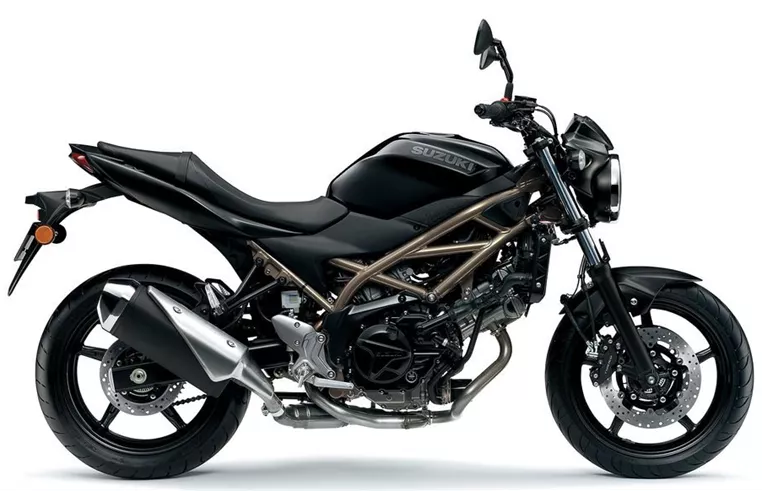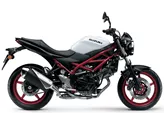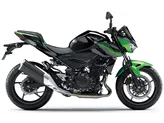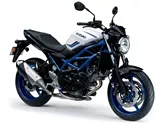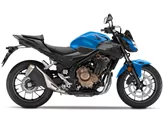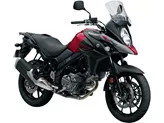Kawasaki Z 400 2023 vs. Suzuki SV 650 2021
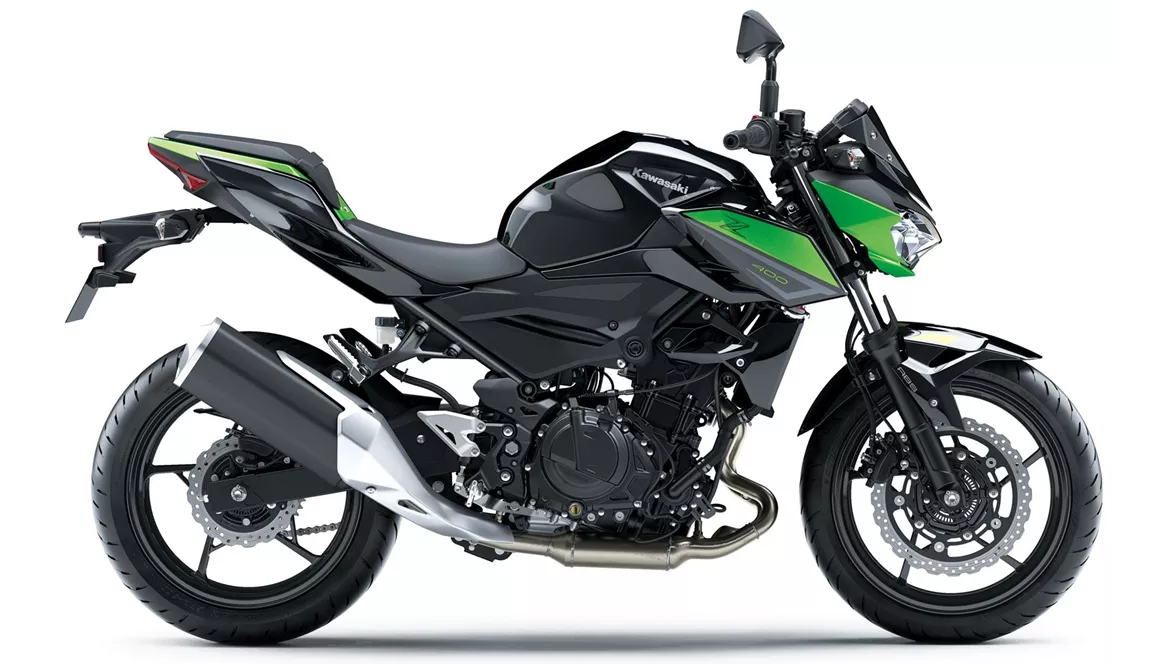
Kawasaki Z 400 2023
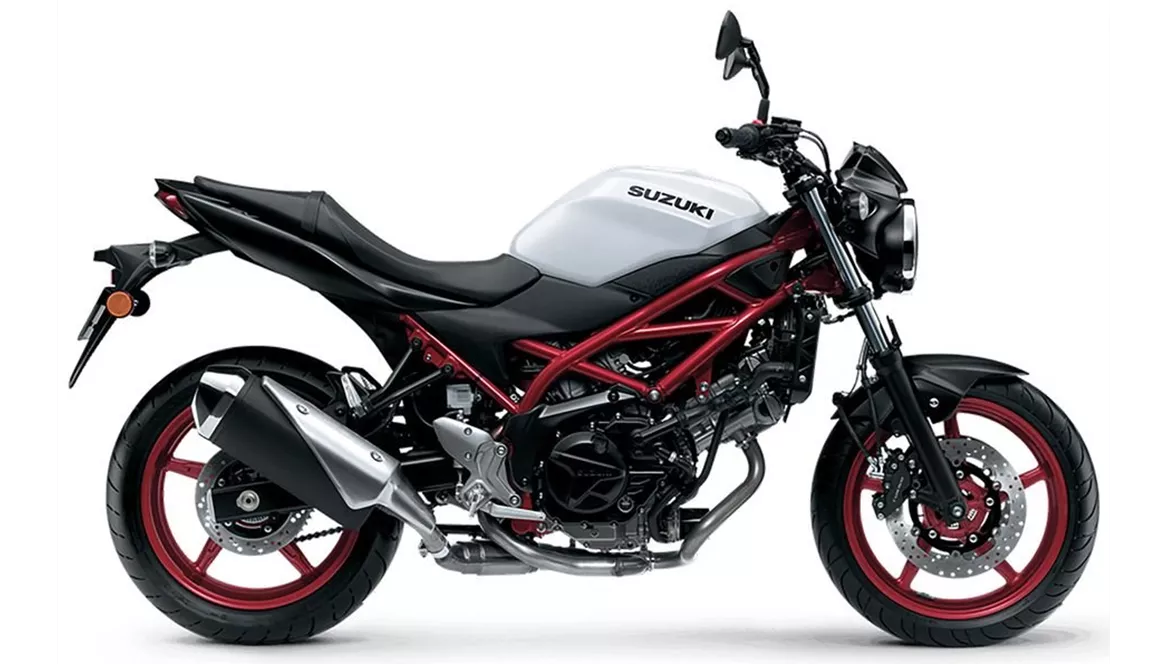
Suzuki SV 650 2021
Visão geral - Kawasaki Z 400 2023 vs Suzuki SV 650 2021
The Kawasaki Z 400 2023 and the Suzuki SV 650 2021 are both naked bikes that offer a thrilling riding experience. Let's compare them in terms of their technical specifications and strengths.
In terms of the motor and drivetrain, the Kawasaki Z 400 2023 features an inline twin-cylinder engine with a power output of 45 HP and a torque of 37 Nm. It is equipped with a fuel injection system and has a displacement of 399cc. On the other hand, the Suzuki SV 650 2021 has a V-twin engine with a higher power output of 73 HP and a torque of 64 Nm. It also has a fuel injection system and a larger displacement of 645cc. In terms of power, the Suzuki SV 650 2021 has an advantage over the Kawasaki Z 400 2023.
Both bikes have similar suspension setups, with telescopic forks at the front and a swingarm with a monoshock at the rear. The suspension on both bikes is adjustable for preload. They also have steel frames with tubular construction, providing stability and durability.
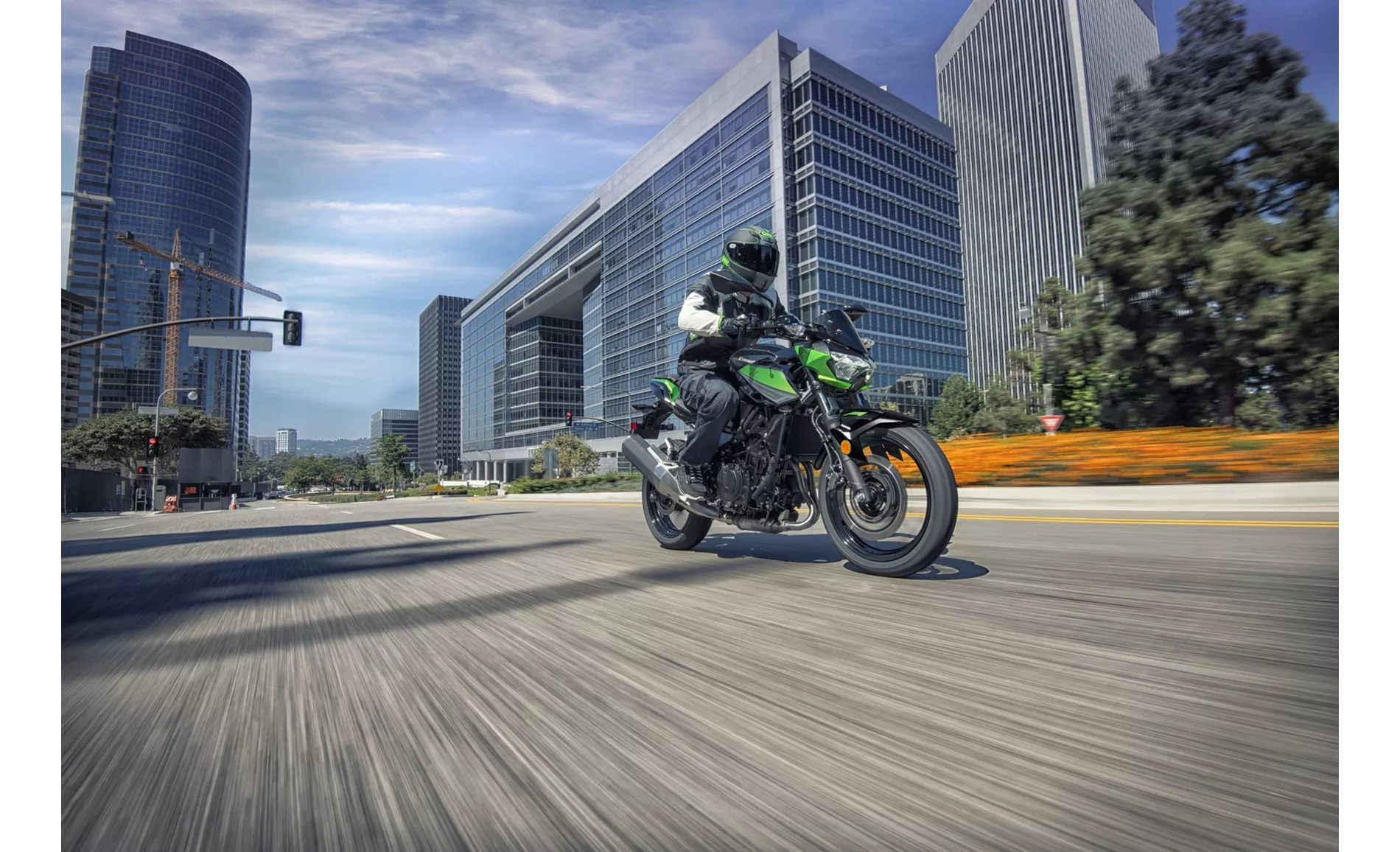
Kawasaki Z 400 2023
When it comes to braking, the Kawasaki Z 400 2023 is equipped with a single disc brake at the front with a diameter of 310 mm and a dual-piston caliper. The Suzuki SV 650 2021, on the other hand, features dual disc brakes at the front with a smaller diameter of 290 mm and four-piston calipers. The braking performance of the Suzuki SV 650 2021 may be slightly better due to the dual-disc setup.
Both bikes come with ABS as advanced rider assistance systems, providing added safety and control. This feature is beneficial for both novice and experienced riders.
In terms of dimensions and weights, the Kawasaki Z 400 2023 has a narrower front tire width of 110 mm compared to the Suzuki SV 650 2021's 120 mm. The rear tire width of the Kawasaki Z 400 2023 is 150 mm, while the Suzuki SV 650 2021 has a wider rear tire of 160 mm. The wheel diameter is the same for both bikes at 17 inches. The Kawasaki Z 400 2023 has a shorter wheelbase of 1370 mm compared to the Suzuki SV 650 2021's 1445 mm. Both bikes have the same seat height of 785 mm. The Kawasaki Z 400 2023 weighs 167 kg, while the Suzuki SV 650 2021 is slightly heavier at 200 kg.
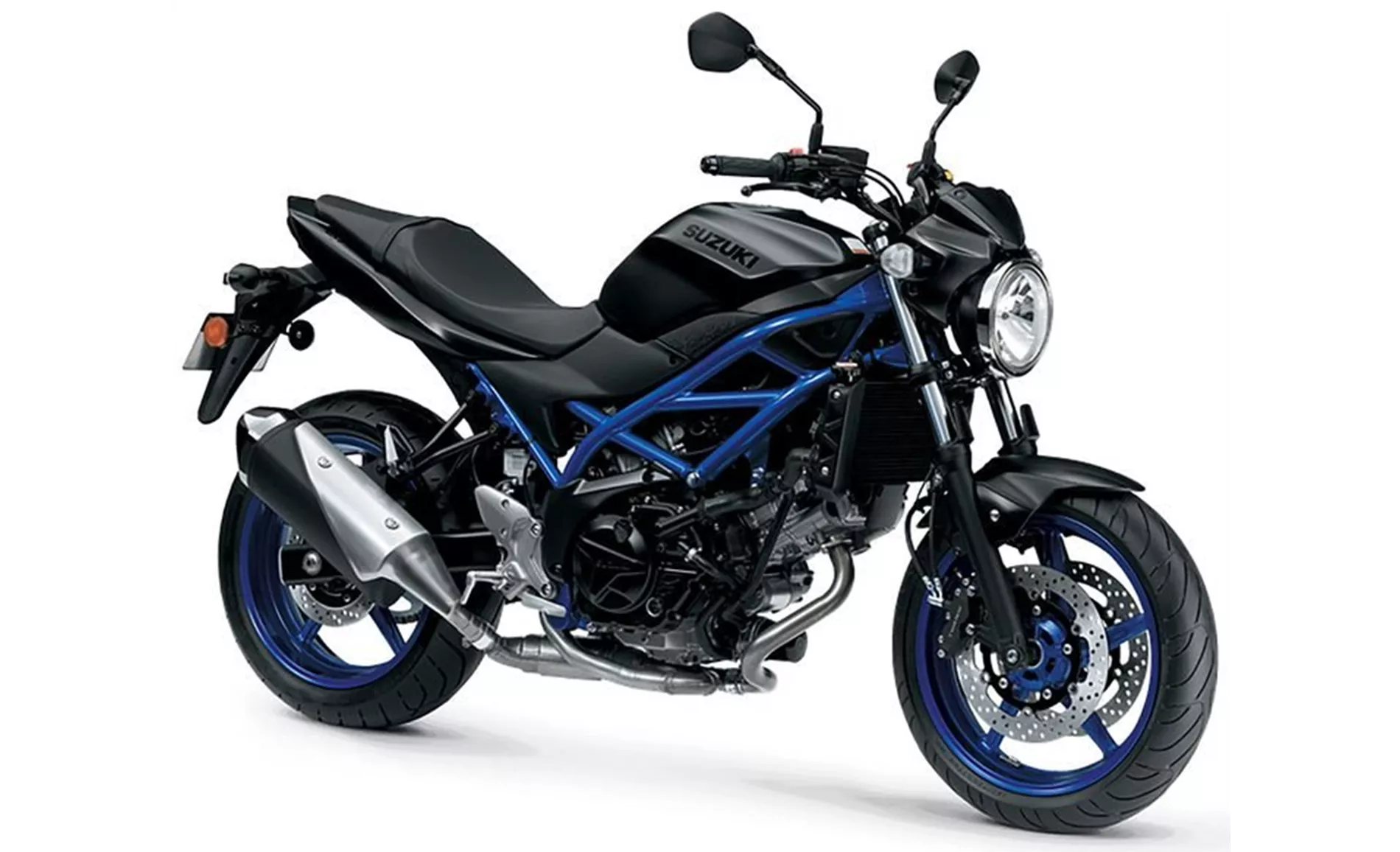
Suzuki SV 650 2021
In terms of strengths, the Kawasaki Z 400 2023 offers a dynamic motor, a good chassis, and brakes, easy handling, and a mature appearance with high-quality finishing. On the other hand, the Suzuki SV 650 2021 has a confident and characterful V-twin engine, a stable chassis, a comfortable seating position, easy handling, and a timeless appearance.
However, both bikes have their weaknesses. The Kawasaki Z 400 2023 has non-adjustable levers, which may limit customization options for some riders. The Suzuki SV 650 2021 requires more manual force for braking, lacks additional electronics apart from ABS, and the instrument cluster may have moderately legible displays.
In conclusion, the Kawasaki Z 400 2023 and the Suzuki SV 650 2021 are both excellent naked bikes with their own strengths and weaknesses. The choice between the two would depend on the rider's preferences and priorities, such as power, handling, and specific features.
Especificações técnicas Kawasaki Z 400 2023 em comparação com Suzuki SV 650 2021
Prós e contras em comparação
Prós e contras em comparação
Kawasaki Z 400 2023
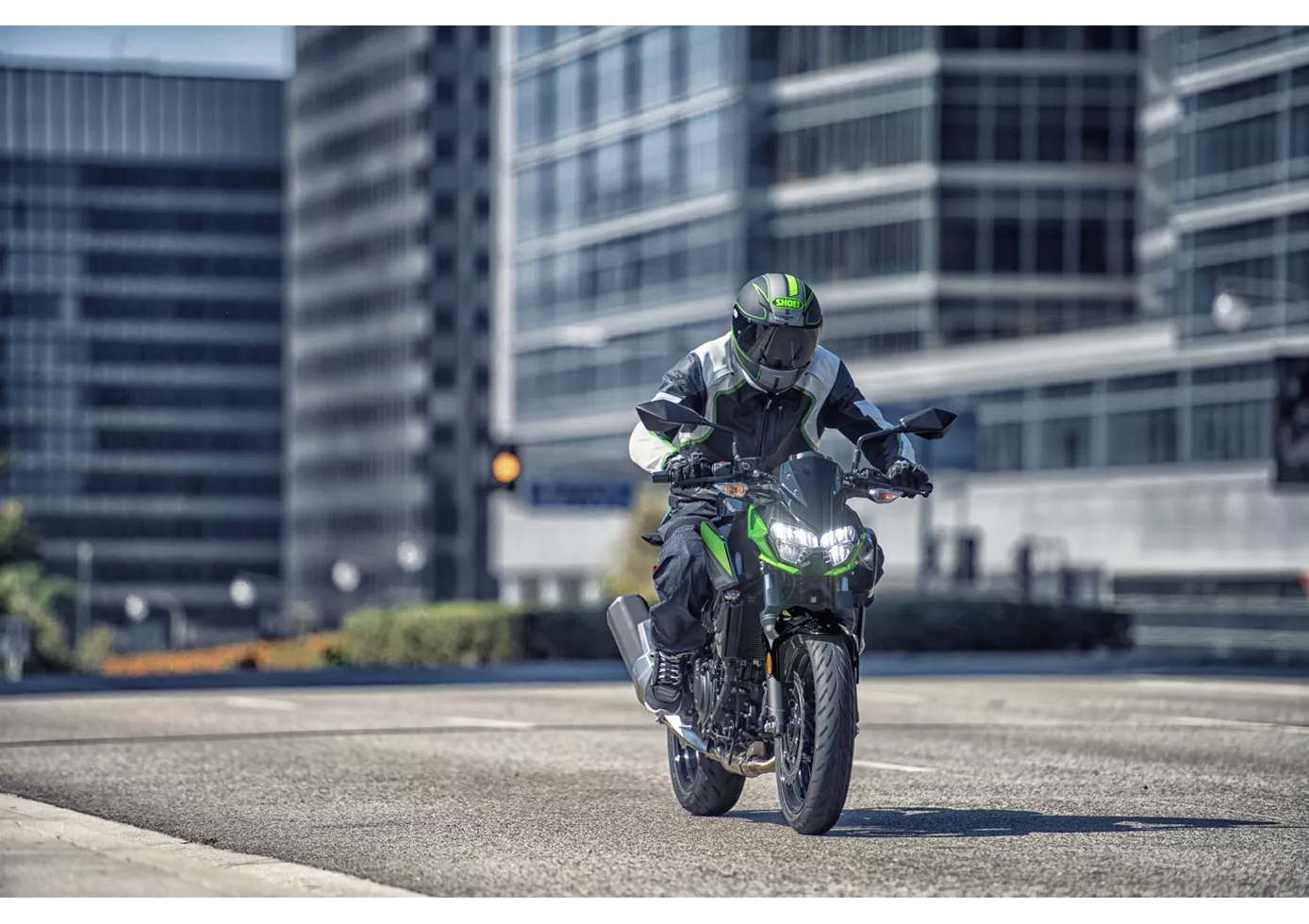
Uma entrada legal e sensata na classe A2. A Kawasaki Z400 marca pontos em toda a linha com o seu comportamento instintivo e o motor de dois cilindros em linha, que convence com uma boa resposta e potência suficiente. Não há como errar com esta moto naked e pode ignorar o facto de as manetes não serem ajustáveis - afinal, os custos têm de ser poupados em algum lado.
Suzuki SV 650 2021
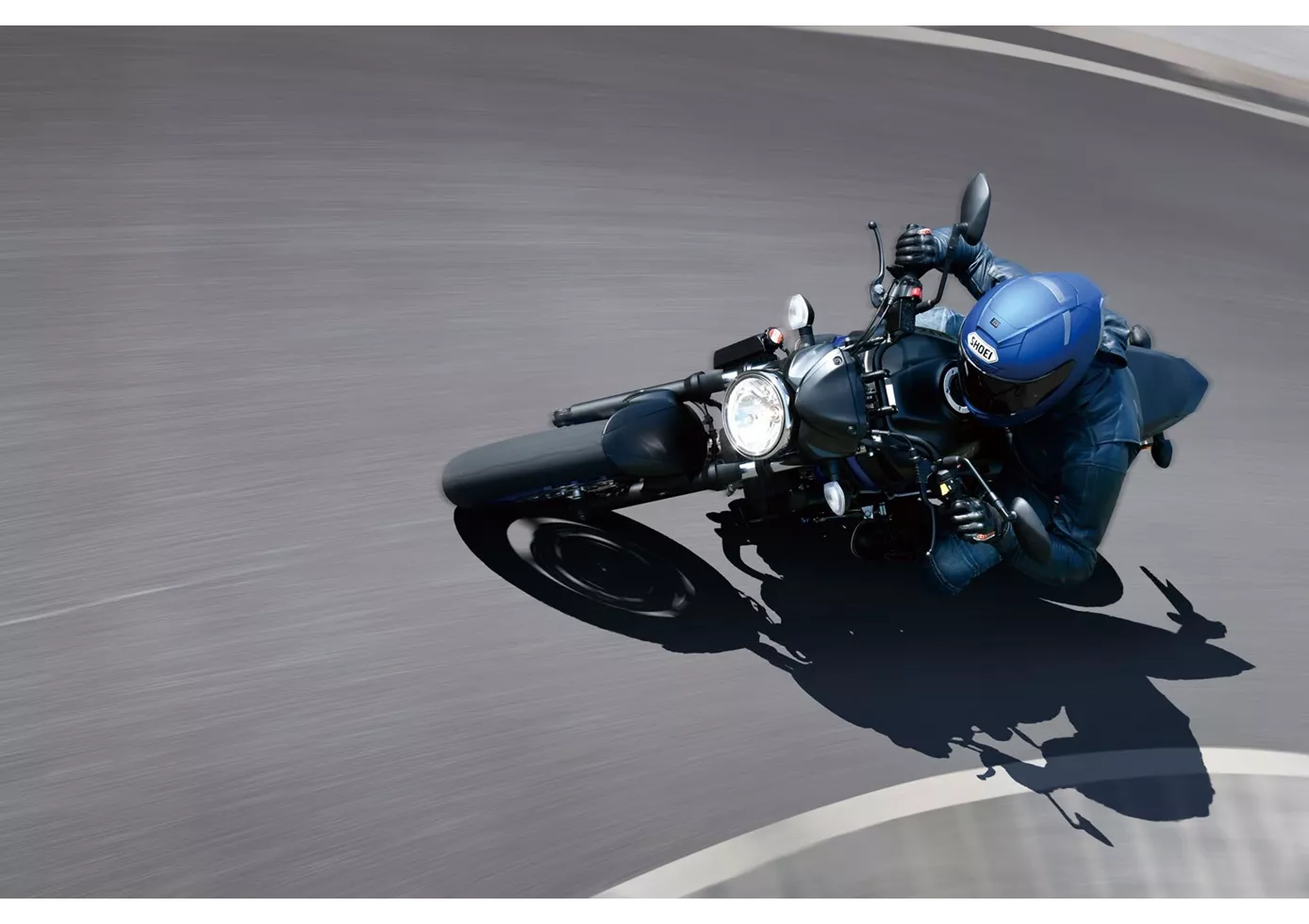
Não mudou muito na Suzuki SV 650 em comparação com a sua antecessora de há cinco anos. O motor foi atualizado para Euro5 e está agora ainda mais maduro, o que se enquadra perfeitamente no resto do conjunto. A SV 650 não quer assustar ninguém, especialmente os principiantes. O chassis dá uma impressão sólida e sem agitação, os travões requerem muita força manual para evitar travagens excessivas inesperadas. O aspeto é intemporal, por um lado, mas por outro lado, alguns componentes estão realmente um pouco ultrapassados. Por outro lado, o preço é justo, como é habitual na Suzuki.
Comparação de preços Preço médio de mercado Kawasaki Z 400 vs Suzuki SV 650
There are a few key differences between a Kawasaki Z 400 2023 and a Suzuki SV 650 2021. In terms of price, the actual average prices of both motorbikes are almost the same. Compared to Suzuki SV 650 2021 there are more Kawasaki Z 400 2023 bikes available on the 1000PS.de Marketplace, specifically 89 compared to 13. It takes less time to sell a Suzuki SV 650 with 111 days compared to 123 days for the Kawasaki Z 400. Since model year 2019 1000PS.de editors have written 8 reviews for the Kawasaki Z 400 and 25 reviews for the Suzuki SV 650 since model year 2005. The first review for the Kawasaki Z 400 was published on 02/10/2018 and now has more than 23 200 views. This compares to more than 14 200 views for the first review on Suzuki SV 650 published on 26/09/2008.
